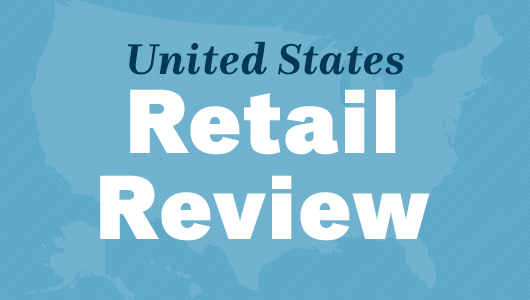Asia Pacific Retail Review
2021 & Holiday Season Highlights
Australia
Retail sales set a record in April 2021 increasing 25% year-over-year (YoY) from pent-up demand following the easing of COVID-19 pandemic restrictions. However, the surge of cases and lockdowns mid-year led to a 4.4% decline in December retail sales after three months of gains. Overall, retail sales remain elevated and consumer spending returned to pre-pandemic levels. Below we highlight some key figures from 2021.*
- Retail sales increased 4.8% YoY
- Online sales increased nearly 20% YoY
- Consumer confidence decreased to 104.3 in December from 105.3 in November
- Total consumer spending increased 6.3% from Q3 to Q4
Indonesia
Retail sales soared in May 2021, and since Indonesians are among the world’s most enthusiastic users of digital technology, 60% of sales occurred through online commerce while the remainder occurred through social commerce. Below we highlight some key figures from 2021.*
- Retail sales increased 13.8% YoY
- Online sales increased 32% YoY
- Consumer confidence remained stable at 118.3 in December from 118.5 in November
- Total consumer spending increased nearly 3% from Q3 to Q4
Japan
Retail sales rebounded in March 2021 for the world’s third-largest economy, leading to a 12% increase in April, which is the highest increase since 1997. In December, the National Diet of Japan passed an extra budget of $317 billion that included payments for families and businesses affected by the pandemic. Below we highlight some key figures from 2021.*
- Retail sales increased 1.4% YoY
- Online sales increased 1.2% YoY
- Consumer confidence inched lower to 39.1 in December from 39.2 in November
- Total consumer spending increased 2.7% from Q3 to Q4
Singapore
Retail sales rose 11% for 2021 after three consecutive years of decline, including a 15% decline in 2020 with the onset of the COVID-19 pandemic. This growth was supported by gains in all retail segments, including motor vehicles, clothes and shoes, watches and jewellery, and recreational goods. The rebound was helped by a year-end boost in holiday shopping as November 11 marked Asia’s largest shopping day and the start of the holiday shopping season regionally. Below we highlight some key figures from 2021.*
- Retail sales rose 6.7% YoY
- Of the $4.4 billion in 2021 total retail sales, online sales accounted for 14.6% of transactions
- Consumer confidence decreased to 89 in the second quarter from 96 in the first quarter with a surge in infection rates.
- Total consumer spending increased 1.6% from Q3 to Q4
Looking Ahead
A combination of relaxed pandemic restrictions and 2021 holiday shopping led to record-high Australian retail sales that could lead to a strong economic rebound in 2022. Japan’s government approved a record $940 billion budget for 2022 further fueling its consumption-led recovery, although uncertainties loom with the Omicron variant. As a digital-first nation, Indonesian retail sales are off to a solid start in 2022 and inflation is expected to cool by mid-year. Singapore’s retail sales reversal from previous years is a good indicator private consumption is bouncing back, although a repeat of double-digit growth in 2022 is unlikely.
While early 2022 could prove challenging for retailers with a surge in new variant cases, ongoing supply chain disruption, increased shipping costs and the growing concern of inflation, which may prompt caution among consumers, we believe the following five strategies will help retailers navigate the new normal:
- Cash is king. Companies with healthy cashflow and liquidity will have more flexibility and be more resilient.
- Adapt strategy to new consumer behaviours. Build digital competence where appropriate for your business.
- Reevaluate store footprints. Right size the store footprint by way of location, size and consumer experience.
- Increase retail prices. Evaluate pricing models, margin, sales channels and operating costs given the increased costs for raw materials and ongoing supply chain disruption.
- Build community with consumers. Strive to be purpose-driven and do the right thing.
Learn more about the retail landscape in South East Asia and best practices for developing an assetless based company.
Sources: Australian Bureau of Statistics, NAB Business, Westpac-Melbourne Institute Survey of Consumer Sentiment, Singapore Department of Statistics, The Conference Board® Global Consumer, The Global Economy, Bank Indonesia, ecommerceDB, Trading Economics Japan, Trading Economics Singapore, McKinsey&Company
*Year-end figures reflect metrics as of December 31, 2021.


